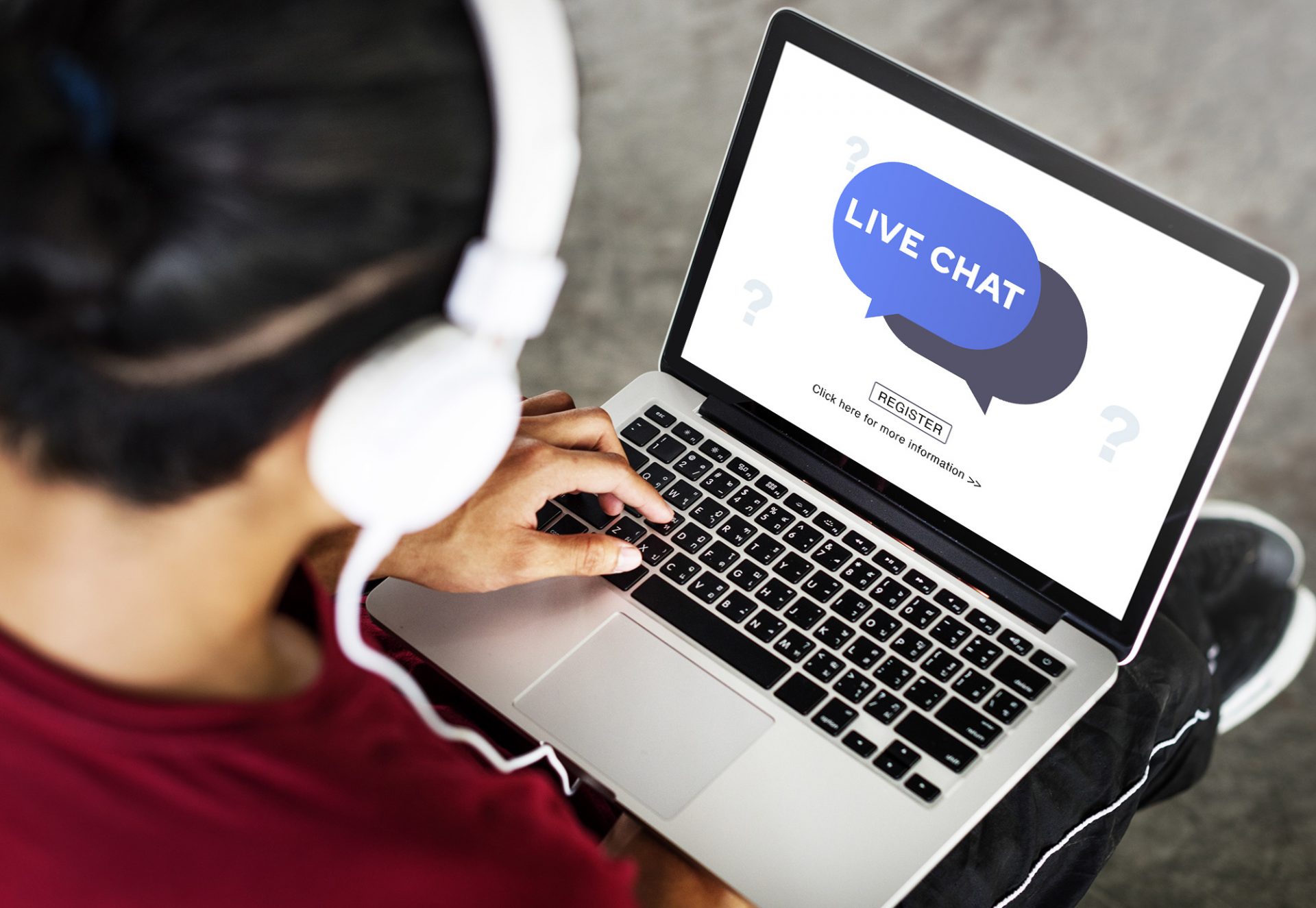Live chat is becoming increasingly popular on websites, and with good reason – it’s one of the most effective online sales tools.
If you’re wondering how to add it to your site, or don’t know which one to choose, keep reading as we answer these questions and unpack six reasons you probably want live chat on your website.
1. Be competitive
In 2022, eCommerce will continue to grow at a rapid pace. Last year total of e-commerce sales were estimated at $870.8 billion, an increase of 14.2% from 2020.
However, more sales mean more competition and in 2022, being competitive is key.
If your competitors have a live chat and you don’t, then you’re at a disadvantage. Or if you’re in an industry that’s been slow to adopt live chat, it can quickly put you out in front!
2. Give fast and immediate assistance to your users.
The last two years not only saw eCommerce skyrocket but saw many people make a purchase for the first time.
If customers normally ask at salesperson instore, how can they receive answers when shopping online?
Emails, phone support and the faq section of your website are useful, but unlike these channels, live chat is: immediate, intuitive and less expensive.
For example, to write an email to customer support, you have to leave the product page, write a thorough explanation of your question and often wait a long time for a response.
This means that if the customer was not convinced to make a purchase, instead of writing an email, they would likely go to a competitor’s site that could immediately respond to their doubts, and you could lose the sale.
Compared to phone support, live chat has much lower costs to run (including that a live chat agent can respond to multiple chats simultaneously) and shorter waiting times for the user.
When properly staffed, live chat is immediate. Users don’t even need to leave the product page to get assistance and can get answers in real-time.
3. Make more sales
Customers who use live chat are often the strongest leads who are thinking about buying or are already making the purchase but have a question or doubt to overcome first.
Having the ability to resolve your users’ doubts at the point of sale will help you make more sales and avoid abandoned carts.
4. Enhance yours reputation and customer relations
Answering users’ questions quickly and immediately improve customer retention.
You can also give a personalised response in a live chat, making your customers feel special and valued. Giving them a positive user experience increases the chance you will be top of mind next time they make a purchase.
5. Collect information about your target audience.
The questions users ask us in live chat can be very valuable insights.
By analysing live chats, you can discover new information about your audience, such as:
- Highlighting user issues and pain points on the website
- Users’ questions can provide new angles for content marketing (e.g. explainer topics)
- The way your users write can indicate the best way to communicate with them through your other channels (e.g. tone of voice, important features, etc).
6. Enable lead generation.
Live chat enables you to collect your users’ contact information, such as phone numbers and email. This can then be used for further direct marketing if permission is given.
7. Live chat can be automated
With chatbots, you can automate a good portion of conversations, as long as those conversations are constructed in a way that provides value to users and addresses their concerns.
Partially automating customer care saves you resources, time and money.
So, which tool to use?
Today’s shoppers want immediate solutions to their problems. Live chat allows you to personalise the shopping experience, engage shoppers earlier in the buying cycle, and encourage more purchases.
There are plenty of live chat tools to use. However, almost all of them allow you to talk and communicate with the user when they are on our website.
For this reason, as a customer care tool, our favourite is ManyChat and Messenger.
Since both rely on Facebook chat, these tools allow you to contact users within 24 hours from when they wrote to you.
In ManyChat, you collect even more data, for example, by inserting a follow-up flow to request the email and phone number even after the user has left the site.


